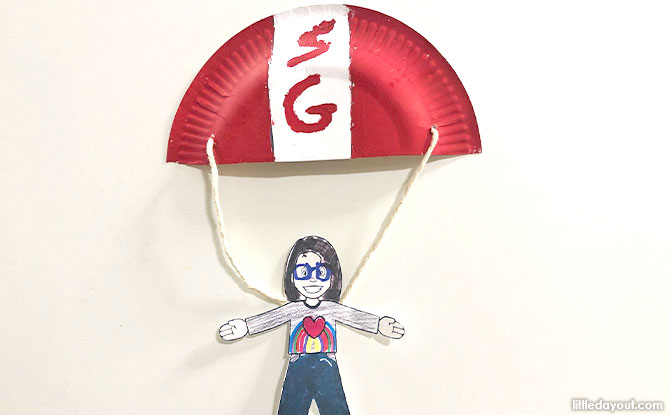
“Hurry up! We are going to be late!” “Why are you not getting ready?” The common refrain we use seems to suggest that our children are unable to manage time well. Do you get exasperated when you have to be the timekeeper? It could appear that our kids are “time-blind” – that is the inability to keep and manage time. How can we teach time management skills to kids?
Here are some tips on teaching children to manage their time.
Teaching Kids about Time Management
1. Teach the concept of time

First, teach the concept of time. For younger children, this could be hard to grasp but with a clock – explain that there is a time to everything. Time passes and there is no getting it back – hence it is a resource that ought to be used wisely. If there are seasons, let the children notice the change in colours of the leaves. Or use the sun and moon to talk about day and night, the number of hours in a day spent awake and the number of rest hours.
2. Picture Schedules or Planning their own schedules
Use picture schedules for preschoolers in planning their days. Similar to what they would have seen in preschools, make a visual schedule with pictures representing the activity to complete at a certain time. This would help them to understand the sequence of activities as well as the need to adhere to a schedule.
BE PSLE-READY: Join Expert Educators for Revision Boosters to Empower P6 Students
BURP: Join the Sound Collector on a Whimsical Chase at Esplanade – Theatres on the Bay
WEEKEND IDEAS: Get Inspirational Ideas of Things to Do
For older children, have them plan the schedule. Let them determine how much time they need to homework, music practice, playtime, screentime, mealtime and so on. With a collaborative approach, there is less pushback on keeping to a schedule. Have some incentive for adhering to schedules and having the discipline to do so.
Make the schedule highly visible! Colours, stickers, visual aids are always welcome on the schedule.
3. Use Visual Timers
Visual timers are very helpful to show the child how much time he or she has left with a certain task. It also teaches the child the value of time and learn to eventually estimate time needed for various activities. Visual timers also ring once time is up, leaving little room for negotiation or bargaining with the certainty of time displayed clearly.
4. Have clearly defined spaces and compartments
Ensure there are clearly defined spaces and compartments for the placing of important worksheets, books, materials, musical instruments and even sports equipment . If there is homework from school or enrichment classes, the child should it in a visible location such as a homework tray. Using the same tray or location will ensure the child knows where to place assignments. This would reduce the amount of time wasted searching for required items.
5. Wear a watch and keep time visible
Apart from well-positioned clocks at home, get your child to wear a watch. Set alarms for waking up or important timings like classes and music. Time should always be visible.
6. Set priorities
Prioritise the most important things to do. This is part of life skills that will form good study habits and work ethics in future. First, pen down the tasks to do and then rank them in order of importance. Work on the ones top of the list first.
7. Let the child bear consequences
There are always consequences for not keeping time. Being late for school results in disciplinary action, for instance. Being late for a show results in missing out part of the plot. Have your child bear the consequence of not being ready or failing to manage time well. Bearing the consequences will help you child understand the value of time.
8. Model value of punctuality and readiness
As adults, we should model punctuality and readiness. Not procrastinating, getting prepared early and making sure we leave the home on time and arriving in school punctually would set the same tone at home. Even meeting deadlines and appointments with friends require one to plan ahead to ensure being on time.
9. Use activities to teach time
There are many activities that encourage time-keeping. For instance, cooking and baking requires one to watch the time. So does playing board games with a time element. Use such activities to emphasize the benefit of time management.
Time & tide wait for no man
Time management skills are important to have. Rhythms and routines are part of time management and keeps the home running peacefully. If children are able to manage time well, this prepares them well for life and are more likely to perform well in any given task.






















